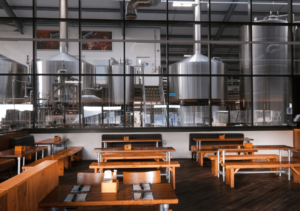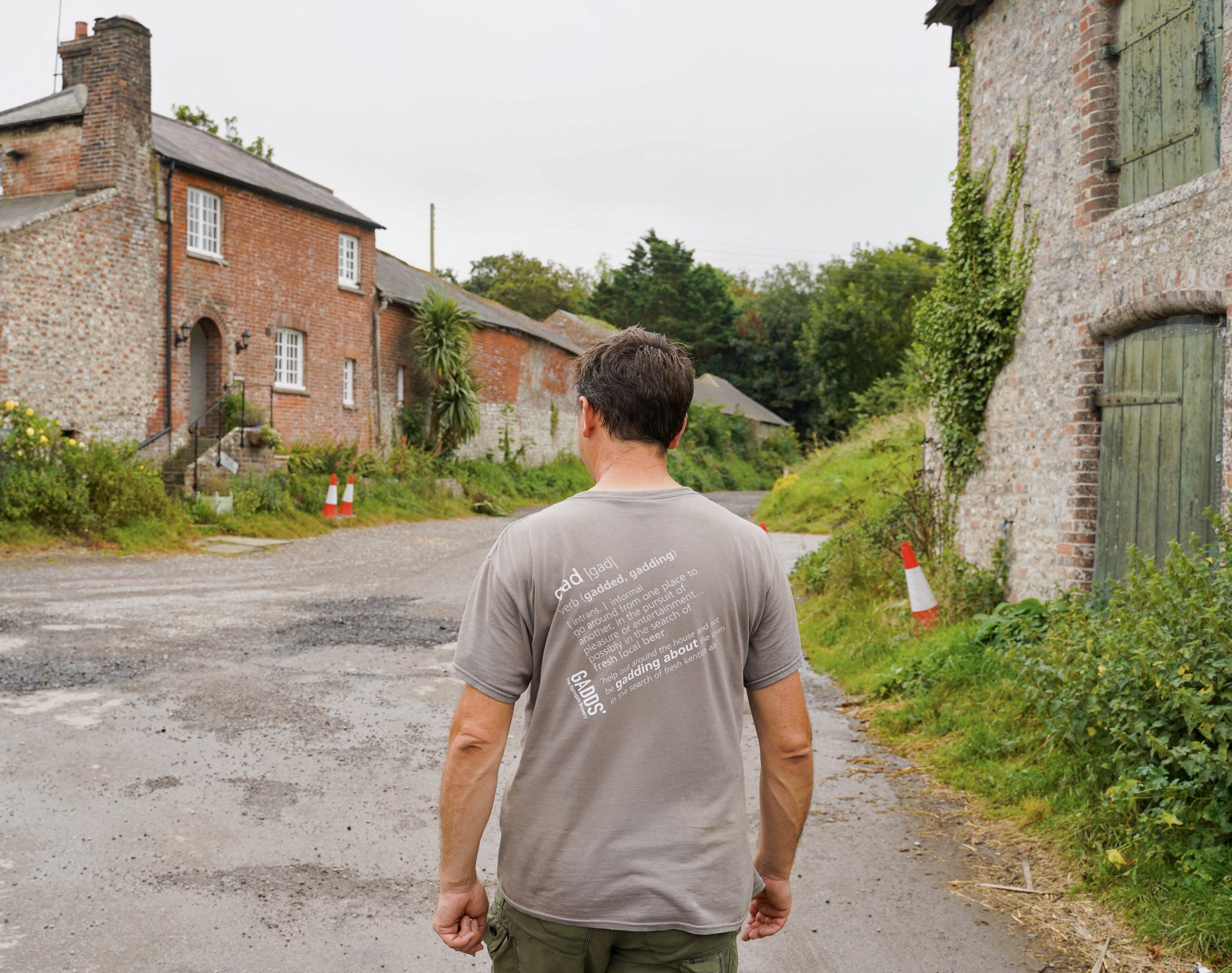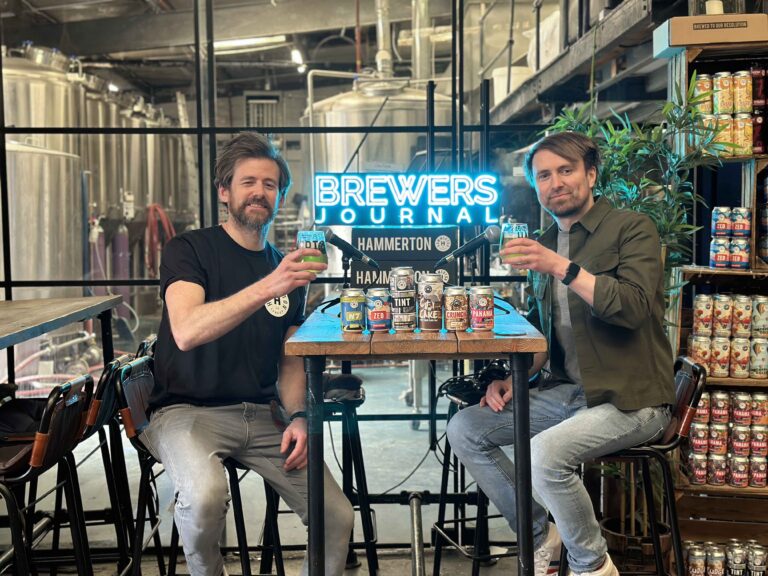There’s a number of key steps to follow if you want to achieve cost-effective brewery effluent treatment. Richard Manning, UK managing director of ENEXIO 2H Water Technologies explains all.
In September 2019, The Brewers Journal published an article ‘What do Tougher Trade Effluent Consents Mean for the UK’s Brewing Industry?’ in which I discussed the implications for the brewing industry of the tougher trade effluent discharge regulations we can expect to see coming into force over the coming years.
The response from our own customers to the challenge of meeting tougher regulation has been interesting – and reflects what we see in the wider industry. There’s no doubt that the majority of brewers are committed to meeting trade effluent consents and fulfil their wider social and environmental responsibilities.
Despite the good intentions, they’re apprehensive because, well, it’s all so complicated and potentially expensive. And, if upgrading on-site effluent treatment facilities can be regarded as a challenge, spare a thought for breweries that have, or will be, “re-banded”.
We’re going to see a lot of smaller breweries compelled to bring effluent treatment in-house. Starting from scratch – i.e. from finding a supplier to footing the bill for plant to be designed, built, installed and, possibly, managed. It’s a major undertaking which, if handled badly, could be an expensive waste of time and money.
I have a lot of sympathy for our brewing industry customers. When budget is limited and maintaining productivity is of paramount importance, it’s easy to see why brewers would want a fast, easy and guaranteed solution.
The problem for brewers – in fact, for any company in any process industry – is that an effective off-the-shelf or one-size-fits all trade effluent system does not exist – and for good reason. Every brewery, every bottling plant or production facility has its own unique combination of factors which, ultimately, results in effluent that is, well, unique.
The bottom line is to get the results you want, a customised effluent treatment solution is essential. I’ve seen enough customers react to the “customisation” words to know that it’s often equated, in some cases based on past experience, with complexity and escalating expense.
It all depends on how you, and your supplier, manage and monitor the customisation process.
Note that I use “supplier” singular and not the plural. In my opinion, it’s virtually impossible for a customer to stay in control, and keep costs down, while dealing with multiple suppliers.
Getting the results you want
2H Water Technologies operates a step-by-step process to ensure a successful project.
Obviously, our approach reflects the products and services but, at its core, it reflects the standards of best practice we believe customers should expect from any effluent treatment supplier.
The approach can be condensed into six steps which, depending how, and by whom, they’re conducted can streamline and simplify the process of achieving an effective effluent treatment system that delivers maximum return on investment.
Analysis
Before we propose any sort of solution, we need to know more about composition of the effluent – for example, the volume and “levels” of Suspended Solids and other contaminants plus COD (Chemical Oxygen Demand) and BOD (Biological Oxygen Demand).
I don’t want to go into too much technical detail in this article so suffice to say that brewing effluent responds well to biological treatment. This is largely due to the proliferation in the effluent of biodegradable organic compounds such as sugars, ethanol and soluble starch.
Approach/Design
At this point, we’re ready to assess what needs to be treated, and the specific treatment targets, against the available options in our product and service portfolio. We start with the basics, such as is a new build required or would an upgrade deliver the required results? We also factor operational objectives into our thinking – e.g. does the customer want to increase the load or want to improve the treatment process/quality to meet tighter discharge consents?
Then we calculate the mix, function size and weight of products including media needed to deliver optimum performance at every stage of the process, and meet effluent compliance standards
Then, there are the practical considerations to take into account, such as space and construction requirements. And, finally, the design has to minimise energy requirements both in the supply, the operation and the maintenance.
We will also produce supporting materials including a detailed installation plan and guidelines on managing and maintaining the solution.
Pilot-test and trial
There’s no point in a recommending a solution that we can’t prove will work. A scaled-down pilot plant in which the solution is tested under conditions that mirror real world conditions and challenges, allows every aspect of our recommendations to be tested, and the potential results verified.
One of the many benefits of a pilot is that it’s conducted in isolation so doesn’t have to be accommodated by, or impede, day-to-day operations.
We draw on the results of the pilot trials to demonstrate the way in which the system will operate and provide evidence that it will deliver the level of treatment required.
Once we’ve proved to the customer’s satisfaction that our proposed solution will deliver the results they want, we’re ready to tell them what it will cost. We always provide a fully costed specification detailing the equipment we provide and how and why it is essential to the final application. We don’t believe suppliers should hide any justifiable costs, nor should they spring additional expense on our customers. So, we don’t….
Design, install, monitor
By now, we’ve finalised the design and know that the solution we’ve proposed will deliver on every requirement. We’re ready to install – and then manage and monitor the solution.
I want to make it clear that for the approach to work, it has to be cohesive with each of the fully integrated steps shaped with, and informed by, insights gained from an investigation and analysis of the client’s current situation, challenges and requirements.
So, that’s the six, simple steps. Constant evaluation is essential throughout the six step process. We believe it’s important to review performance – of our people and our solution –during every stage of the process. That’s no more than you should expect from any supplier.
And, finally, there’s the question of budget. We’re careful to monitor and assess costs throughout a project, not least because we know that, in the end, a truly successful installation is defined by maximum return on investment.









